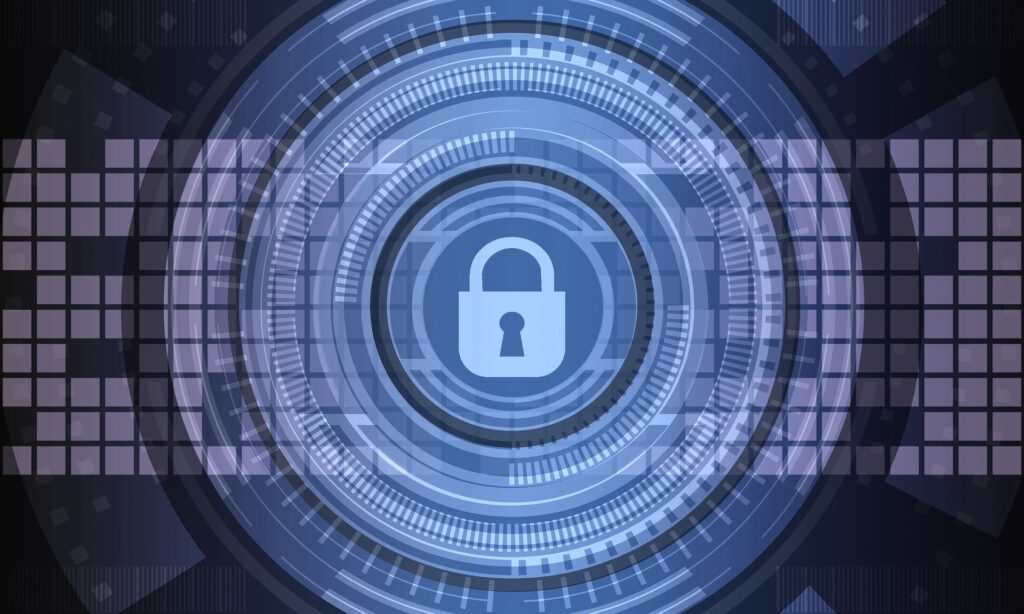As remote work becomes the new normal, cybercriminals are sharpening their tools and devising new strategies – but fear not, for we have the keys to fortify your digital castle.
The shift to remote work has transformed the way we live and conduct business, offering flexibility and convenience like never before. However, this new frontier has also opened the door to a myriad of cybersecurity risks. As cybercriminals adapt and evolve, it’s crucial for organizations and individuals to stay one step ahead. In this article, we’ll explore the most pressing cybersecurity threats in the age of remote work and provide actionable tips to help you safeguard your digital assets.
Phishing attacks
Phishing attacks are a common tactic used by cybercriminals to trick individuals into revealing sensitive information, such as login credentials or financial data. These attacks often come in the form of seemingly legitimate emails, messages, or websites designed to deceive the recipient.
Prevention tips:
- Educate employees on how to recognize phishing attempts and the importance of reporting suspicious messages.
- Implement multi-factor authentication (MFA) for all accounts to add an extra layer of security.
- Regularly update and patch software to protect against known vulnerabilities.
Weak passwords
Weak or reused passwords are a goldmine for cybercriminals, as they can easily crack them using brute force attacks or credential stuffing techniques.
Prevention tips:
- Encourage the use of strong, unique passwords for each account.
- Implement a password manager to help employees securely store and manage their credentials.
- Require periodic password changes and enforce password complexity requirements.
Unsecured home networks
Home networks are often less secure than corporate networks, making them an attractive target for cybercriminals.
Prevention tips:
- Provide employees with guidelines on how to secure their home networks, such as changing default router settings and enabling firewalls.
- Encourage the use of a virtual private network (VPN) to encrypt data and protect against eavesdropping.
- Regularly update and patch home network devices to protect against known vulnerabilities.
Insecure file sharing
Sharing sensitive files through unsecured channels can expose your organization to data breaches and other cyber threats.
Prevention tips:
- Implement a secure file-sharing platform that encrypts data both in transit and at rest.
- Establish clear guidelines on how and when to share sensitive information.
- Train employees on the importance of verifying the recipient’s identity before sharing files.
Insider threats
Insider threats can come from both malicious employees and those who unintentionally put the organization at risk through careless actions.
Prevention tips:
- Conduct regular security awareness training to educate employees on best practices and the potential consequences of their actions.
- Implement strict access controls to limit the amount of sensitive data employees can access.
- Monitor user activity and establish a system for reporting suspicious behavior.
Outdated software and hardware
Outdated software and hardware can contain vulnerabilities that cybercriminals can exploit to gain unauthorized access to your systems.
Prevention tips:
- Establish a regular patch management schedule to ensure all software and hardware are up to date.
- Replace outdated hardware with more secure, modern alternatives.
- Implement a vulnerability management program to identify and remediate security weaknesses.
In conclusion, the rise of remote work has brought with it a new set of cybersecurity challenges. By understanding the risks and implementing robust prevention strategies, organizations can protect their valuable digital assets and maintain a secure remote work environment. Remember, cybersecurity is a team effort – it’s up to each and every one of us to do our part in guarding the digital fortress.

